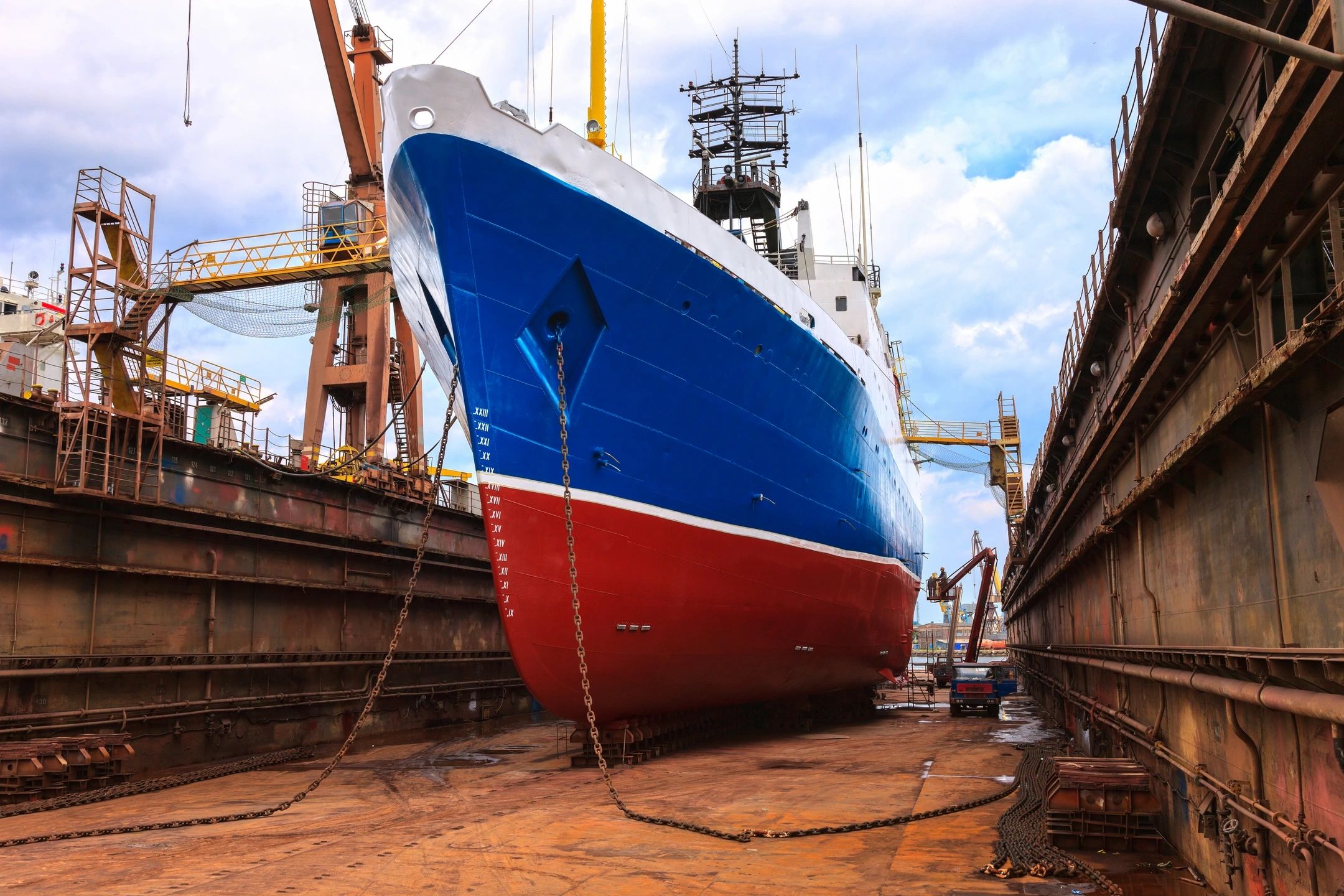By Beting Laygo Dolor, Contributing Editor The largest swarm of China Coast Guard (CCG) and Chinese militia ships were again seen at the Ayungin Shoal – well within the Philippines’ exclusive economic zone (EEZ) – and they again took aggressive steps to block resupply boats from delivering food, water, and other essentials to Filipino troops stationed at a derelict ship there over the weekend. The Philippine Coast Guard (PCG) reported a total of 38 Chinese vessels, some of which actively tried to block Philippine boats from sending supplies to the BRP Sierra Madre. As it had done in the past, one of the Chinese ships used a water hose on the smaller Philippine boats in a bid to prevent them from pursuing their mission. The local boats, however, still managed to reach BRP Sierra Madre. Aside from their use of water cannon, the Chinese ships also put two Filipino boats in danger with their reckless maneuvers, according to the PCG, which cast doubts on their identity as coast guard organizations. The continued violation of global maritime laws are acts that coast guard organizations are not supposed to resort to, said the PCG. Said PCG Commandant Adm. Ronnie Gavan that it was “the systematic and consistent manner in which the CCG vessels do not align with the universally accepted behavior of a coast guard.” Ironically, he said, coast guards “are supposed to ensure safety of life at sea but they deliberately violate the Convention on the International Regulations for Preventing Collisions at Sea.” The People’s Republic of China is a signatory state to that convention, he added. After the CCG’s latest aggressive action against Philippine ships within the West Philippine Sea (WPS), the country again filed a diplomatic protest against China. Such protests now number in the hundreds since China claimed ownership of the WPS by virtue of what they call the “nine dash line” found in old Chinese maps, that few countries recognize. Gavan said the CCG’s “illegal and irresponsible” behavior belies their claim of law enforcement and its identity as a coast guard organization. It must be noted that aside from the CCG’s worsening acts against Philippine resupply missions to Ayungin Shoal, it has also been turning away Filipino fisherfolk from catching fish in the waters, which their families have been doing not only for decades but for centuries. It was at the tailend of the administration of the late President Benigno Aquino lll that the Philippines took China to the International Court of Arbitration after China began to aggressively take control of large parts of the WPS. While China took part in the international court’s hearings, it refused to accept the 2016 arbitral ruling in favor of the Philippines. That ruling nullified Beijing’s sweeping claims over the South China Sea, parts of which include the Philippines’ EEZ. The PCG head said the CCG used rigid hull inflatable boats which also conducted reckless maneuvers including harassing two Philippine supply boats. The local vessels still managed to complete the resupply mission. PCG spokesman Jay Tarriela told local media that six Chinese Maritime Militia Vessels actively participated in the attempt to block the local boats, along with five CCG ships. The CCG ships were accompanied by aluminum rigid hull inflatable boats and five People’s Liberation Army Navy ships. Among the plans of the Armed Forces of the Philippines to continue its regular supply missions is to use much faster boats. A congressman even suggested that the Philippine Air Force air drop the supplies to the local troops at the Sierra Madre.




























